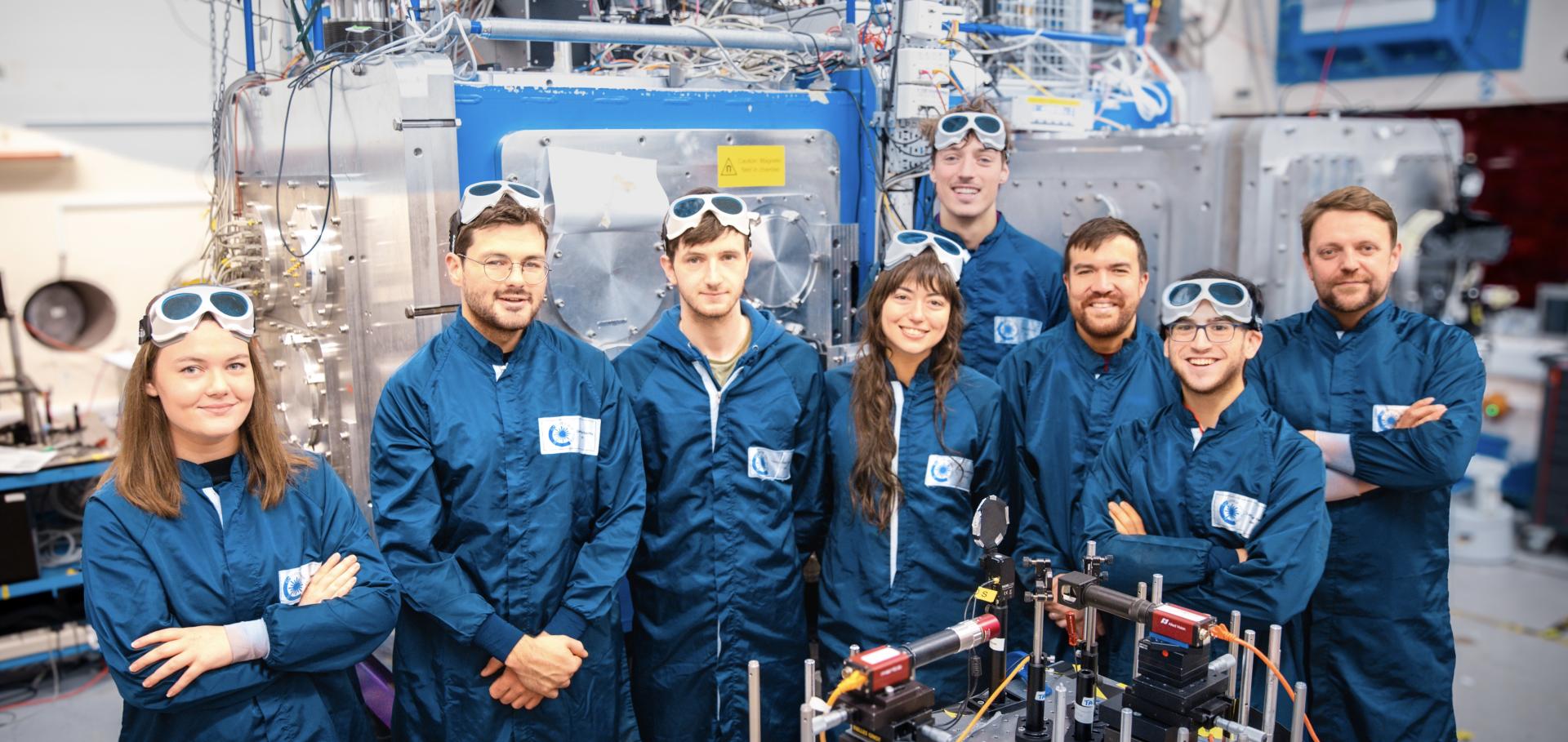Attoseconds and the exascale: on laser-plasma surface interactions
Abstract:
Laser peak powers rise inexorably higher, enabling the study of increasingly exotic high-energy-density plasmas. This thesis explores one such phenomenon, that of the interaction between a relativistically intense laser pulse and a solid-density plasma. The laser pulse is reflected. Both the reflected radiation and the electron bunches that induce the interaction have fascinating properties. Through the application of theory, simulation and experiment, this thesis strives to extend our understanding of this mechanism and thus direct the community towards potential applications for these sources. Of primary interest is the development of novel diagnostic tools. Theories have been developed and tested to describe the production of low emittance nano-Coulomb charge electron bunches. Such properties are comparable to forefront synchrotron sources but on a considerably more compact scale. These results have wide-reaching implications for future particle accelerator science and associated technologies. Furthermore, these electron bunches will initiate QED processes on next-generation laser facilities. The radiation they produce is composed of high harmonics of the incident laser pulse. This radiation can be coherently focused to unprecedented intensities and is of ultra-short duration, possibly even entering the zeptosecond regime. The intensity of X-ray harmonics has been measured on the ORION laser facility producing results consistent with theory and enabling the benchmarking of peak intensity simulations with real data. The work of this thesis has amassed interest within the community and in June 2024 its ideas will be tested on the GEMINI PW laser facility.

